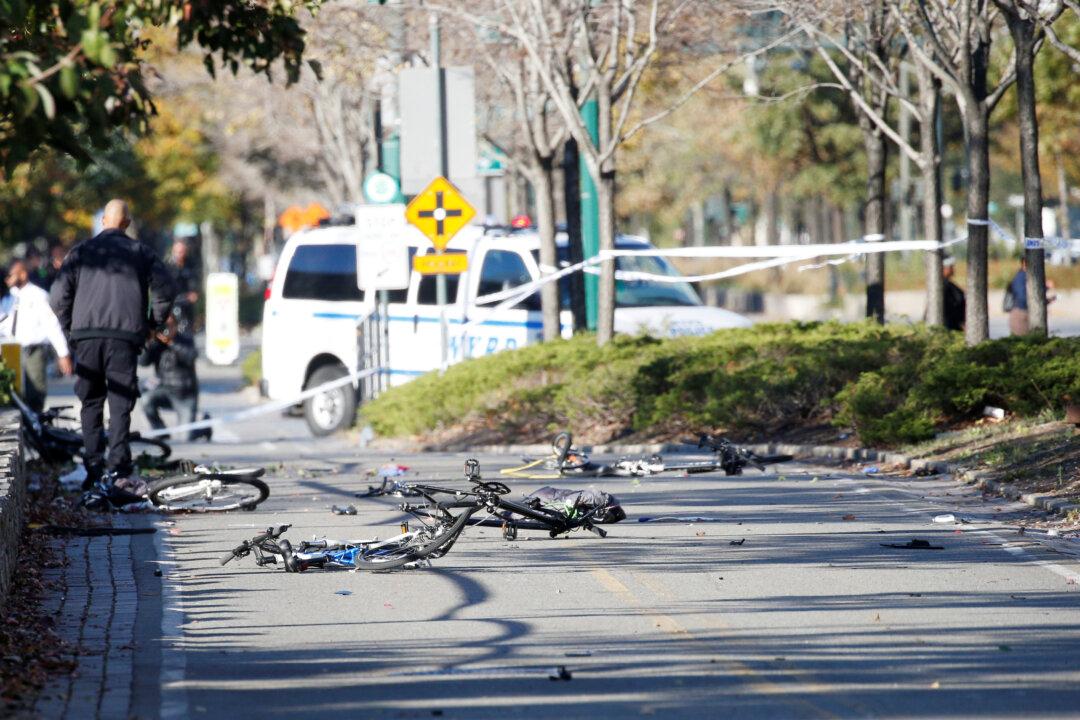NEW YORK—A man charged with using a truck to kill eight people on a Manhattan bike path in 2017 believes his attack was justified and sought to die a martyr for Islam, his defense counsel told the jury at his terrorism trial on Monday.
At the first federal death-penalty trial since President Joe Biden took office in January 2021, defendant Sayfullo Saipov, 34, acknowledged through his lawyers that he intended to murder and maim his victims and still believes he had a religious duty to do so.





